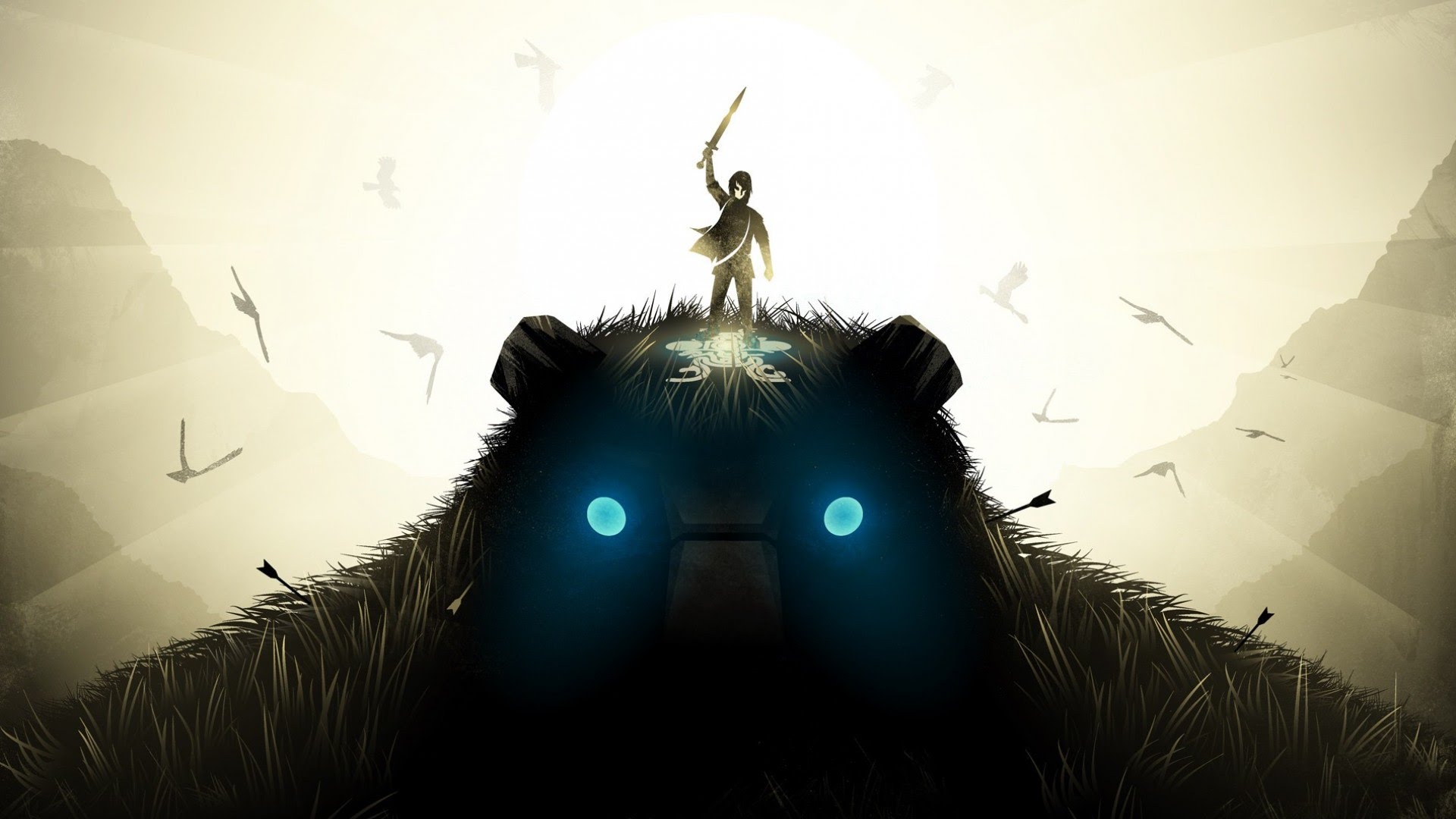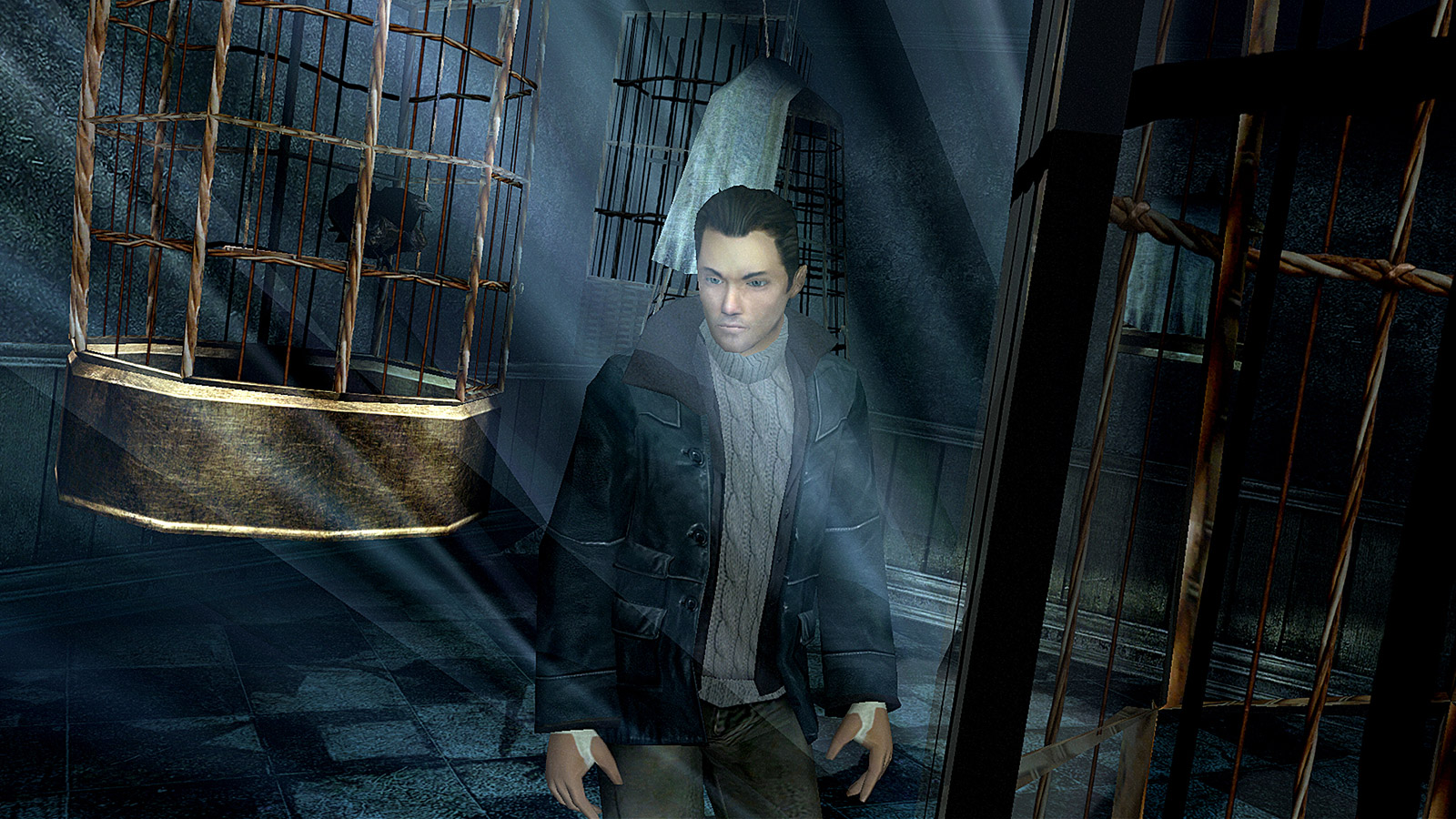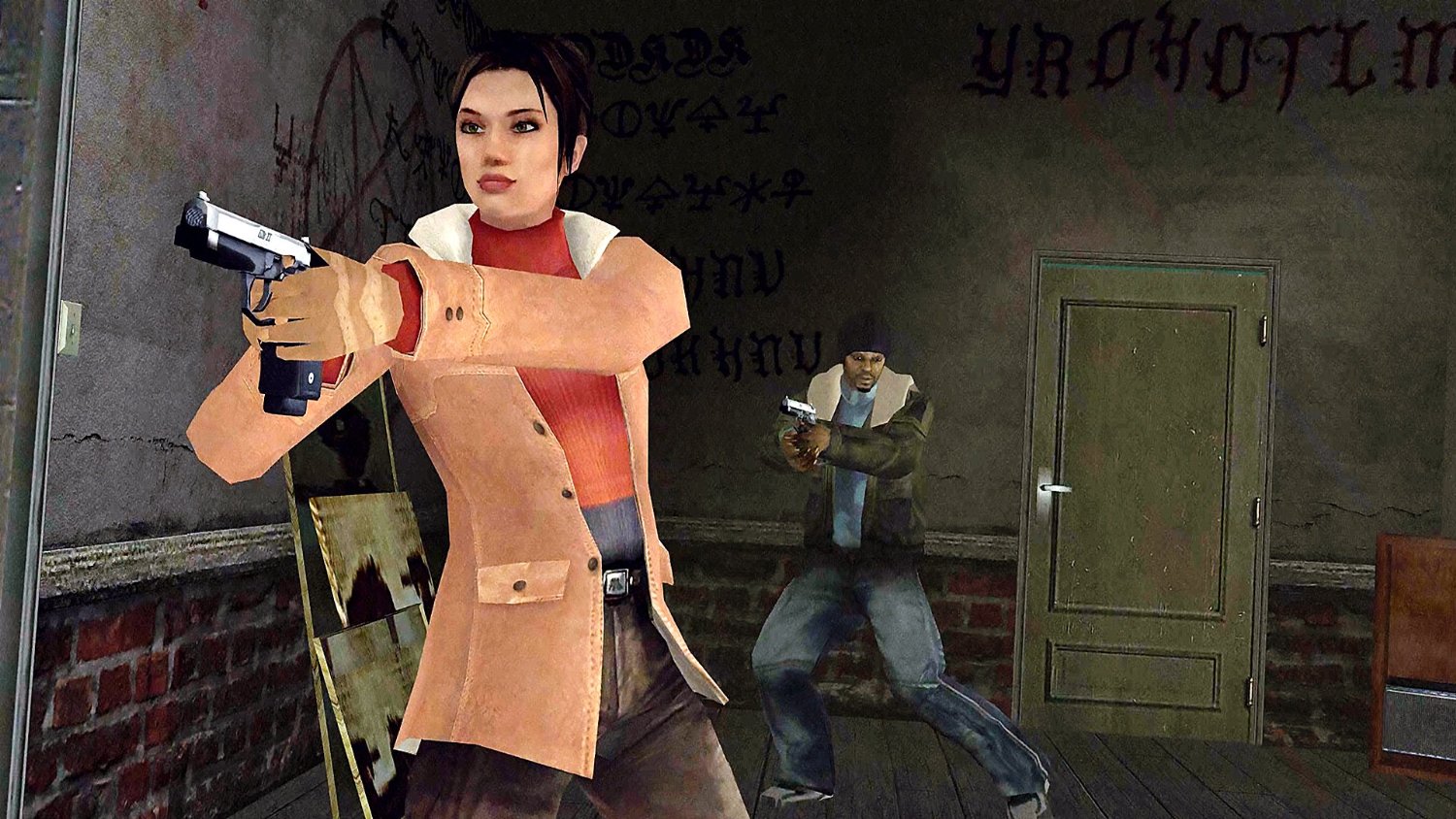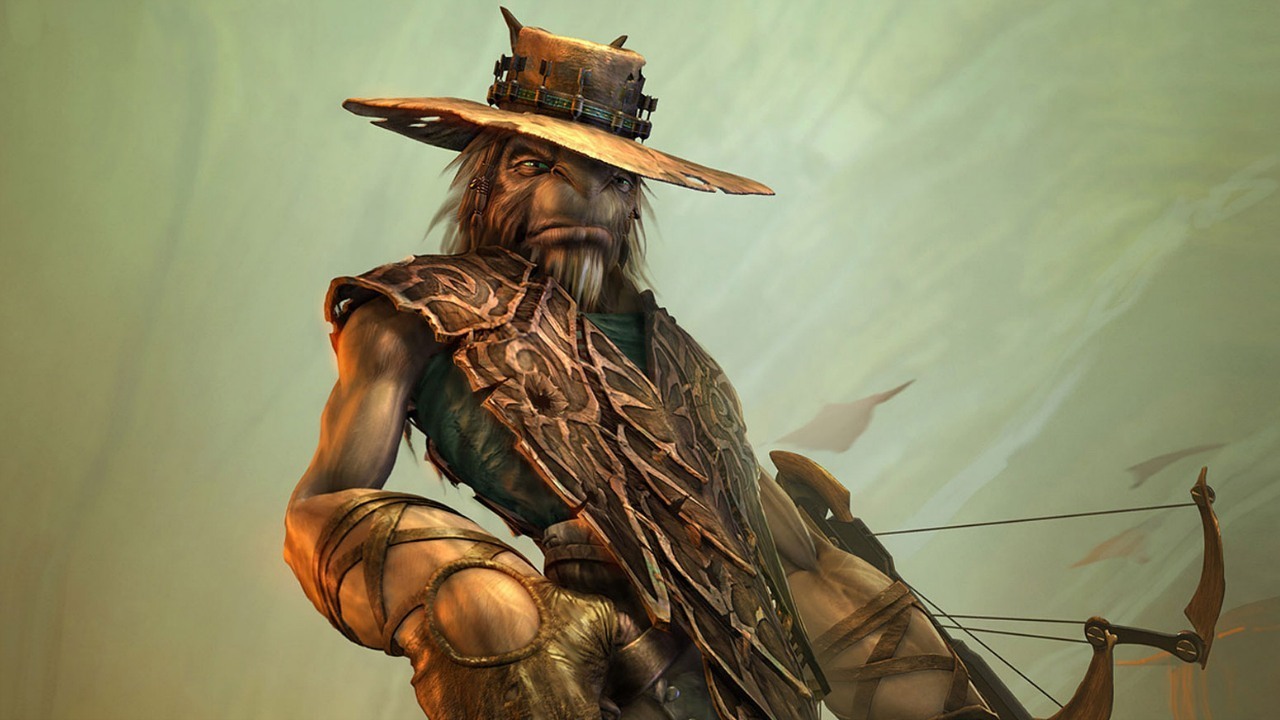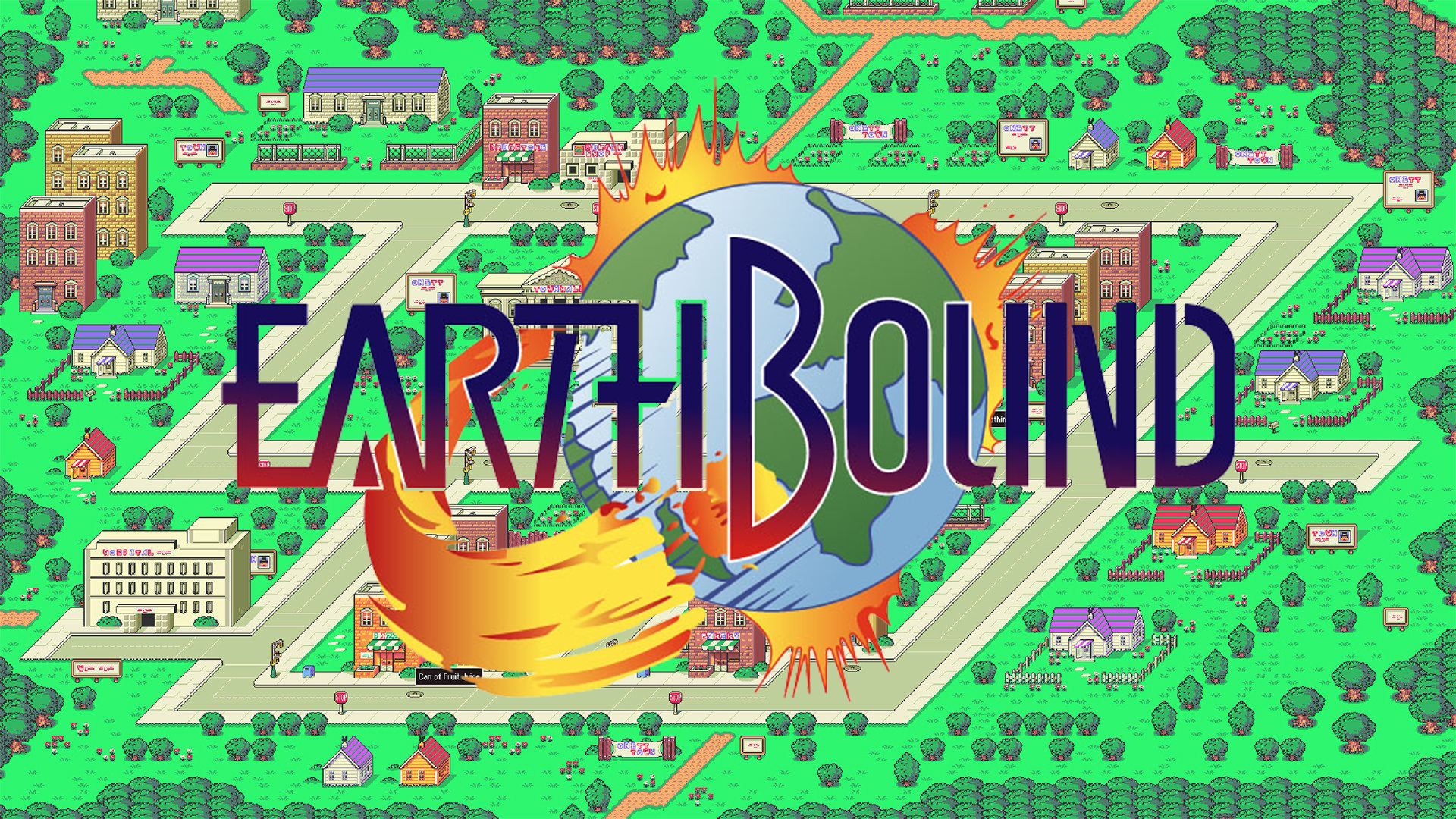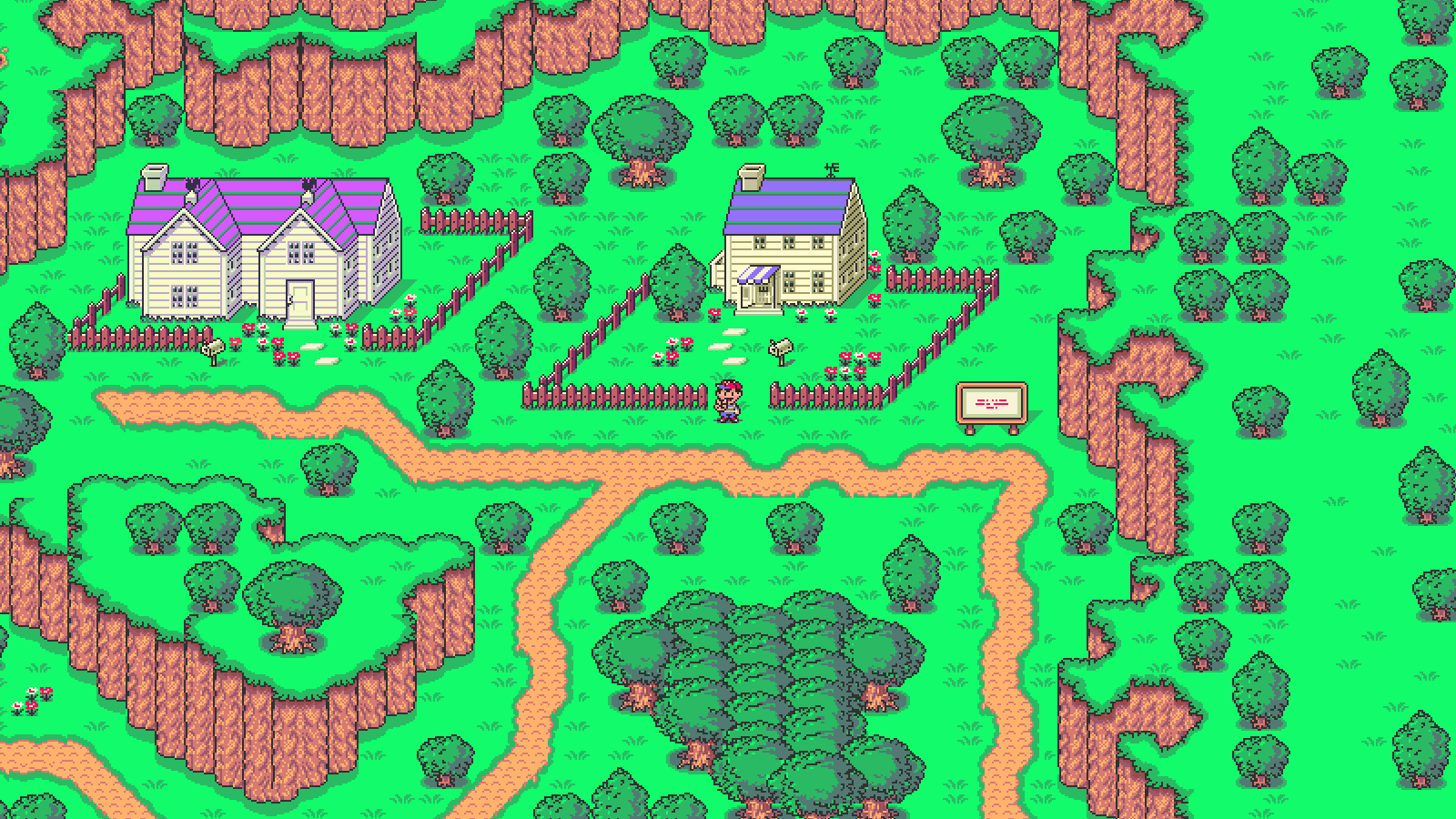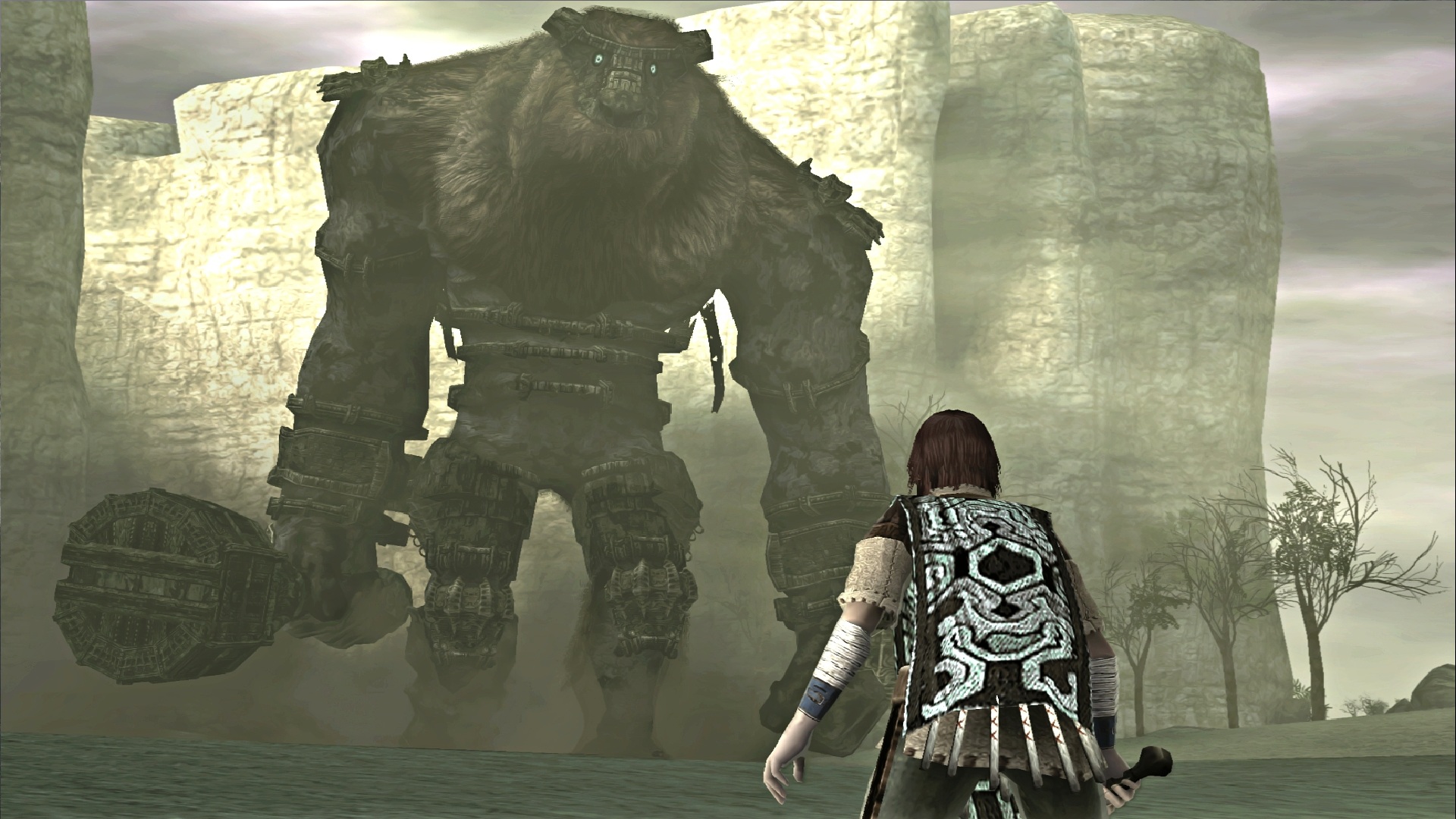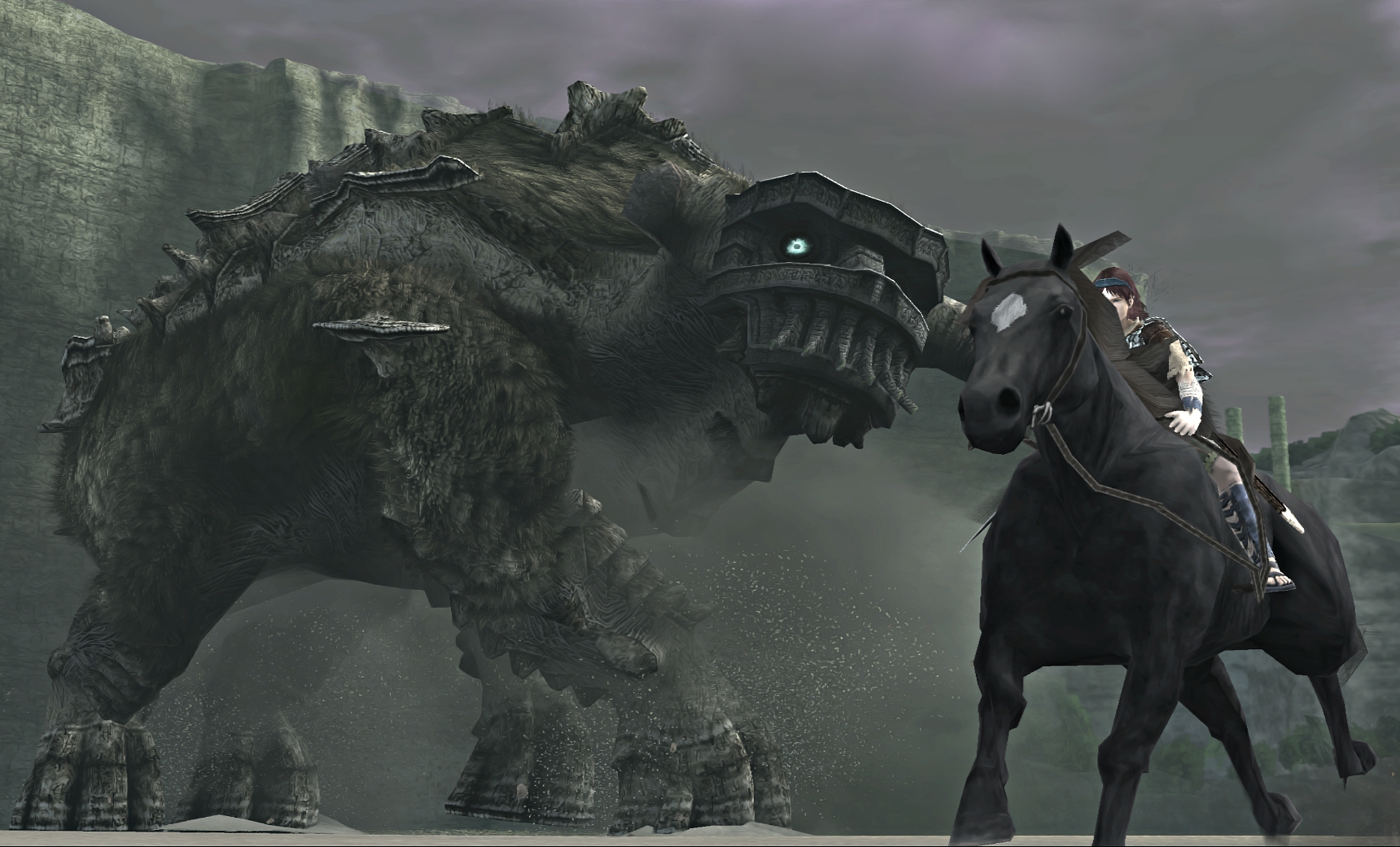Fahrenheit (2005)
by Jacob Gates
“Things are never quite what they seem. We think we understand the world around us, but we really only see the outside, what it seems to be. My name is Lucas Kane. My story is the one where an ordinary guy has something extraordinary happen to him. Maybe it was supposed to happen, maybe it was my destiny, or my karma or whatever. I know one thing for sure: Nothing’s ever going to be the same again.” – Lucas Kane
The interactive experience that is Fahrenheit (known as Indigo Prophecy in the US) is the first major piece of work David Cage’s Quantic Dream Studio (Heavy Rain, Beyond: Two Souls). It is widely considered to be the best example of Cage’s interactive movie style gameplay, and a prime example of how story telling and character development, normally found in movies, can easily transition to games.
Fahrenheit tells the story of four protagonists, each dealing with a murder, and the mysterious circumstances surrounding them. In the cold, dark city of New York, each of these men are forced to deal with the harsh elements of the world around them; a constantly freezing world, threats from a prophecy past, and the hard life that comes with being a New Yorker.
Fahrenheit at first presents itself as a murder mystery; you assume the role of Lucas Kane in the midst of committing a murder, the only problem is that you have no memory of the murder itself, and even less of an understanding of anything that’s going on. In a panic, Lucas tries to cover his tracks, and makes a quick escape from the scene of the crime.
Now that alone is a gripping premise, but add into the mix that you also play as two cops tasked with bringing in the “deranged killer”, and you’ve got an even more twisted tale. Carla Valenti and Tyler Miles are both detectives dealing with their own demons, while trying to unravel the mystery that has made Lucas Kane, a mild mannered IT admin, go on an indiscriminate murder spree.
As the game progresses, you get dragged deeper into the web of intrigue, and enraptured by the thrilling twists and turns, with Lucas Kane giving everything he has to prove his innocence, while Carla and Tyler are doing their best to bring him in before he can harm anyone else.
Fahrenheit takes a look at depression, anxieties, and fears that linger deep inside of its protagonists, and dares you to help him overcome them, or lose yourself trying. Though certain supernatural elements, and infamous sneaking puzzles, may hinder some players, the innovative narrative and medium of the story itself is sure to solidify Fahrenheit’s cult classic status.
Honorable Mention
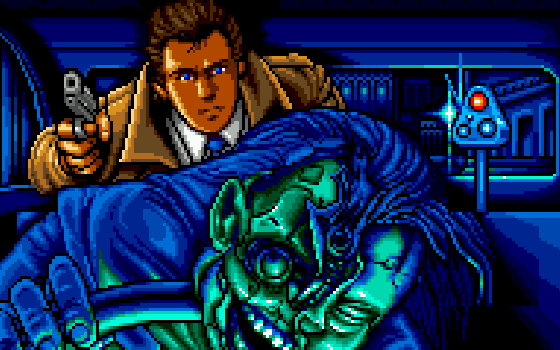
Snatcher (1988) – A cyberpunk spy thriller from the wonderful mind of Hideo Kojima, Snatcher is one of the man behind Metal Gear’s earliest pieces of work. Set in a distant future, Snatcher tells the story of Gillian Seed, a hunter of Snatchers, androids that threaten to kill off humans, and replace them. Snatcher is not for everyone, and some of the cumbersome gameplay elements could easily be done without, but for those who are fans of Kojima’s brand of sci-fi madness, Snatcher is certainly worth a look.
–
–
Oddworld: Stranger’s Wrath (2005)
by Jeremy Barnes
This game was way too weird to really be a hit with a huge audience, but that’s exactly why I love it.
In Oddworld: Stranger’s Wrath, you play as Stranger; a sort of part-dog, part-bear, and part bounty hunter creature, who captures local outlaws, and turns them in for cash money. Stranger’s Wrath is part third-person platformer, and part first-person shooter; it does neither exceptionally, but both gameplay types work well, and blend with each other well enough not to be a hindrance.
At times the game can feel a little clunky, but the fact that the game handles only a little bit better than your grandpa’s ‘47 Chevy, shouldn’t put you off playing it. What Stranger’s Wrath lacks in gameplay fluidity, it more than makes up for with it’s charm and humor.
This world is populated by weird chickens, mutant dogs, toe jam monsters, and Shrek-like dudes; everyone is a cartoon, and just observing them as they interact with each other is hugely entertaining. Instead of shooting bolts or arrows, Stranger’s crossbow shoots live ammunition; fireflies, spiders, and angry little puffballs. These are just a few of the strange quirks that give Stranger’s Wrath its je ne se qua, and why I find it so fun and endearing.
If you’ve ever got the urge to play something absolutely bizarre, go give Oddworld: Stranger’s Wrath a go.
Honorable Mention
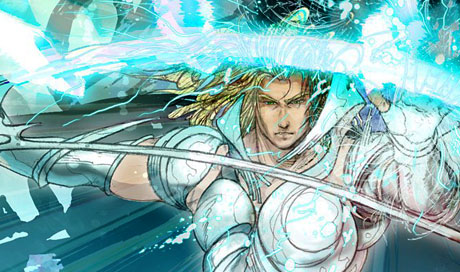
El Shaddai: Ascension of the Metatron (2011) – In El Shaddai, you play as Enoch, a servant of God, who must fight seven fallen angels in an attempt to prevent the destruction of humanity. The gameplay is really sloppy and the story is confusing from beginning to end, but this game is worth playing for the visuals alone. The pastel color palette and the beautiful landscapes and backdrops more than make up for the bizarre gameplay design choices.
Earthbound (1994)
by Laura Fagan
Earthbound (known as Mother 2 in Japan) is a Japanese RPG that tore up the rule book, and became iconic for it’s pop culture references, innovative game mechanics, and sheer sense of fun. This is a cult classic that’s worthy of everyone’s top games list.
It’s a little known fact that one of the reasons Earthbound has the following it has is because of its numerous pop culture references. The Beatles are heavily referenced throughout; with hidden items like a “Yellow Submarine in Onett,” and a fill-in-the-blank question that spells out “Yesterday.” The game’s soundtrack is also worthy of note, with the translation team having the arduous task of trying to get rid of all of the copyrighted music. Influences like Chuck Berry’s “Johnny B. Goode” can be heard during battle sequences with particular characters.
Earthbound has wonderful mechanics, and when I say wonderful, I really mean strange. The game forces you to take breaks to progress, for example; you have to stand still for three minutes in front of the waterfall in Belch’s Factory in order to progress in the story, (I admit that during my first playthrough I had to look this up!). The saving system is also so strange, you have to call your Dad, who encourages you to press on, and if you’re playing for too long he’ll tell you to take a break. Those are mechanics you see in play in games like A Link Between Worlds, so it’s easy to see how this game was well ahead of it’s time!
Then there was the Japanese to English translation process, which has led to some of the game’s oddest quirks. That situation where an iron pencil was in the way and you had to find an iron eraser, well, the original Japanese version had the pencil as an octopus, and the eraser as a Kokeshi doll. The translators weren’t afraid to embrace the game’s inherent weirdness, and that only added to the experience.
But my favorite thing about Earthbound is the fact it knows not of the fourth wall! Breaking the fourth wall is the concept where the characters in a play/game/movie acknowledge the audience as a participant, and interact with them as if their worlds are one. This is surreal connection the player has to the world is one of the prime reasons I think Earthbound has found such resonance. From the chief of police in Onett commenting on the difficulty of Earthbound, to random strangers in the street talking about controller buttons, and the big surprise ending, characters in Earthbound break the fourth wall like they’re meant to do it.
All of this leads to an unbelievably fu, and profound experience. I’ve never quite experienced anything like Earthbound, and I don’t feel like I’ll live to see another game that is quite like it again. That for me, is the highest praise that I can give.
Honorable Mention

Catherine (2011) – Catherine is a morally complex, expertly crafted puzzle RPG, from Persona studio Atlus, which takes you through the troubled dreams of Vincent as he struggles between faithfulness to his girlfriend Katherine, or an adulterous affair with the mysterious seductress Catherine. Half dating sim and half a nightmarish twist on Q*Bert, Catherine, with it’s varied gameplay and tempestuous story, delivers a freakish study of modern life, love, and the human psyche.
–
Shadow of the Colossus (2005)
by Max Taylor
You find yourself in a mysterious, forbidden land; an unconscious girl and a horse as your only companions. A disembodied voice heeds your presence, and makes with you a pact: slay the sixteen colossi that roam this land, and in return your maiden shall be granted life. Emerging from the shrine in which your maiden, Mono, rests, you lay your eyes upon a vast, sun-bleached expanse, and set off in search of these beasts.
The moment you are faced with Valus, the first of the sixteen colossi, is one of unforgettable awe. The sound of its thunderous hooves, the sway of its mossy fur, and the sheer scale of this creature that you must slay, is equal parts majestic, and terrifying. You fling yourself onto the stridding behemoth’s matted calf, and begin the methodically ascent towards its head. It soon takes notice of you, and tries shaking you off, as a dog would a pestering fly. As you plung your blade into the creature’s glowing cranium, letting forth a torrent of black blood, its gentle blue eyes turn a panicked amber, and it flails in desperation.
When Valus collapsed to the hard earth below, laying there motionless, I didn’t feel victorious or accomplished, I felt saddened by my actions, I had slayed this creature, which has been residing in peaceful isolation, for my own selfish gains. I felt this way with each subsequent colossi, every battle was an exhilarating challenge, but once each of these towering masses of fur and stone has fallen, I was left with an unsettling sense of guilty satisfaction.
Shadow of the Colossus‘ beauty lies in its artful simplicity. Few words are uttered, or even needed, and those that are, are in some unknown, cryptic tongue. The story feels timeless, and seems oddly familiar, as if from some ancient myth or folk tale. And it’s visual style, which makes use of archaic patterns, natural colors, and organic structures, offers a distinct, and dream-like elegance to the experience.
No other game has stirred in me the same maelstrom of emotions that Shadow of the Colossus has. It’s a masterclass in the effectiveness of simplicity, and the power of video games as an art form.
Honorable Mention

Deadly Premonition (2010) – Deadly Premonition (known as Red Seeds Profile in Japan) is an eccentrically strange, and distinctly Japanese open world, survival horror comedy game that bares a suspicious resemblance to David Lynch’s Twin Peaks. Heralded as the most critically polarizing game of all time, Deadly Premonition’s hilarious, awkward nightmare is one of the most surreal and unique video game experiences I’ve ever had. Isn’t that right, Zach?
–
Have you played any of these games? What are your favorite cult games? Let us know in the comment section below.
Header Image Credit: iwilding on Reddit

